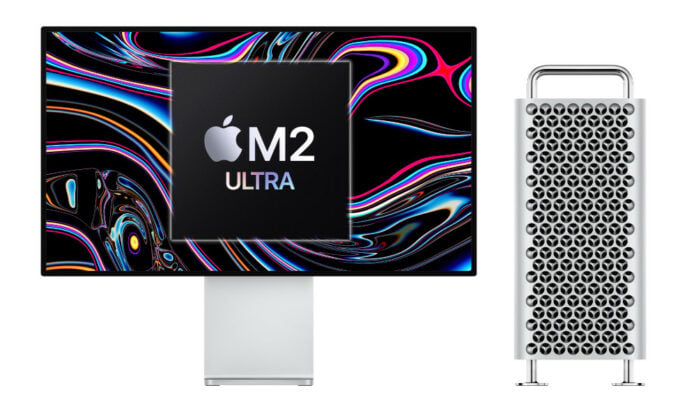Apple has unveiled the latest Mac Pro powered by its most powerful chip, the M2 Ultra, boasting excellent performance and connectivity.
From the outside, the Mac Pro doesn’t really change, still carrying the iconic cheese grater tower design with its raised frame and transport handles. But on the inside, Apple has replaced the Intel Xeon W CPU with a powerful and efficient M2 Ultra SoC available in configurations of up to 24 CPU and 76 GPU cores. Blimey!
At least for now, Apple will only offer its Mac Pro with this chip – no M2 Max or M2 Pro – putting the starting price at $6,999 or £7,199 for a 24-core CPU and 60-core GPU M2 Ultra allied to 64GB of memory. Grabbing the headline M2 Ultra and populating 192GB of memory pushes the tally to a hefty £9,799. Ouch, now I am afraid to drop an 8TB drive into the mix.
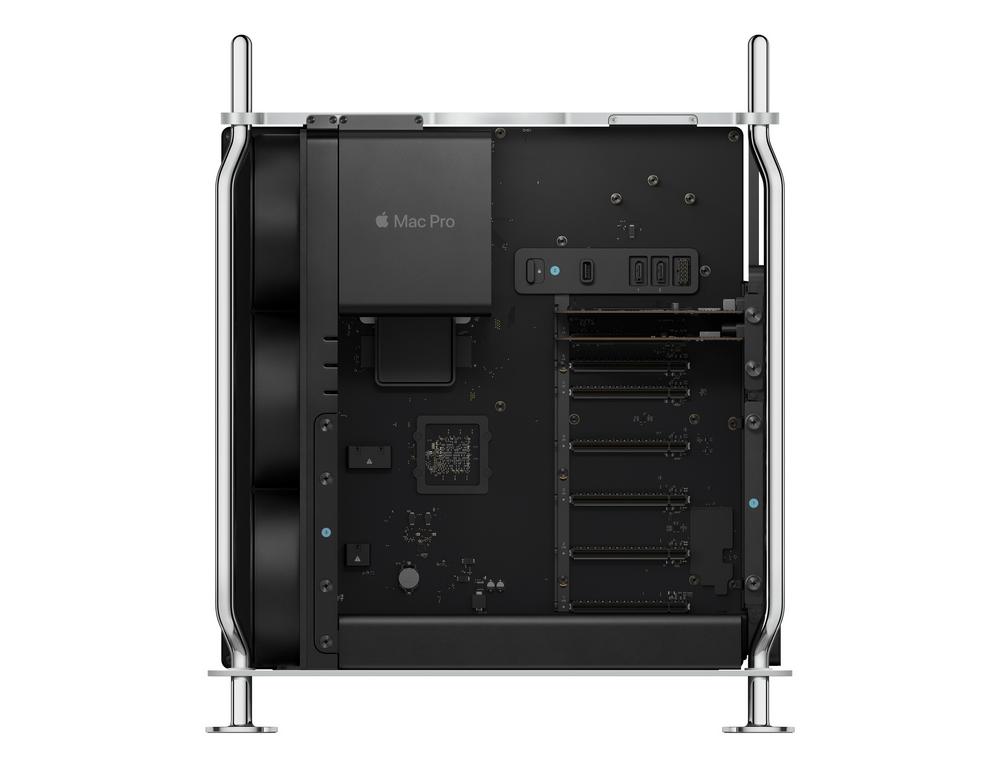
Fusing two M2 Max dies together, the 24-core M2 Ultra is said to deliver 20 per cent more CPU performance than the M1 Ultra, alongside 30 per cent higher GPU horsepower in the top-bin configuration. Trotting out more numbers, there’s a 40 per cent faster neural engine, all while supporting up to 192GB of unified memory – which is 50 per cent more than the last-gen powerhouse.
While you could still find this level of performance in the smaller and cheaper Mac Studio ($3,999 / £4,199), the Mac Pro’s size offers six PCIe 4.0 x16 expansion slots (four running at x8), of which four of which are spaced apart for larger card compatibility, plus three large fans to manage the heat. Add to that eight Thunderbolt 4, two USB 3.2 Type-A, two HDMI (48Gbps), a 3.5 mm audio jack, dual 10GbE ports, Wi‑Fi 6E and Bluetooth 5.3. Impressive firepower.
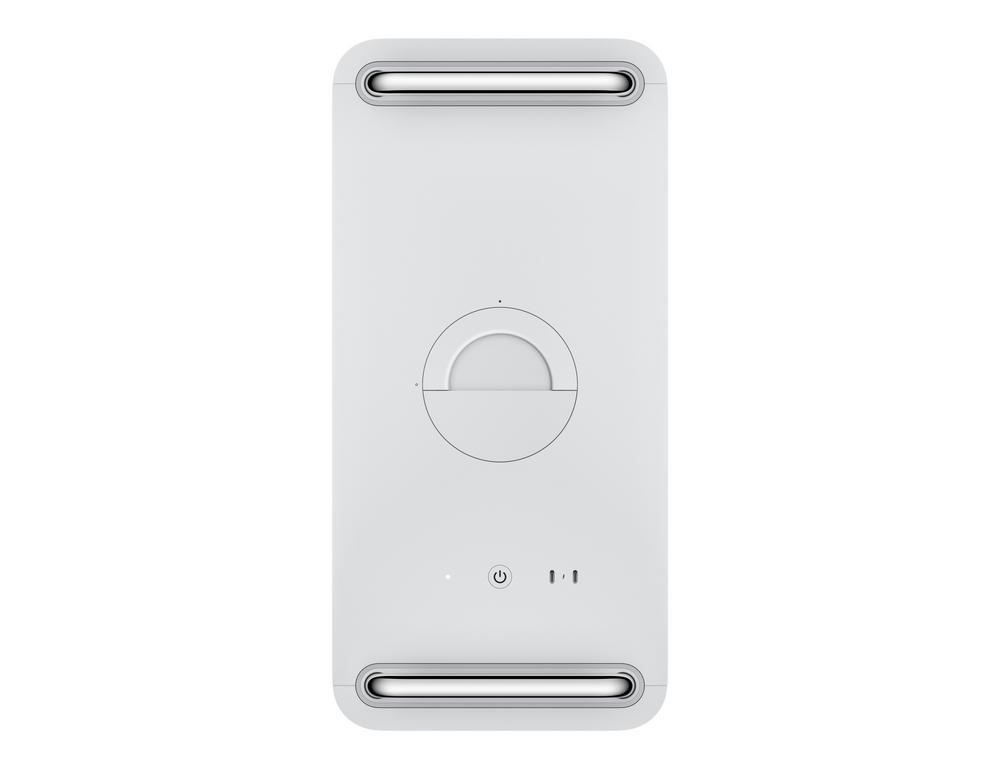
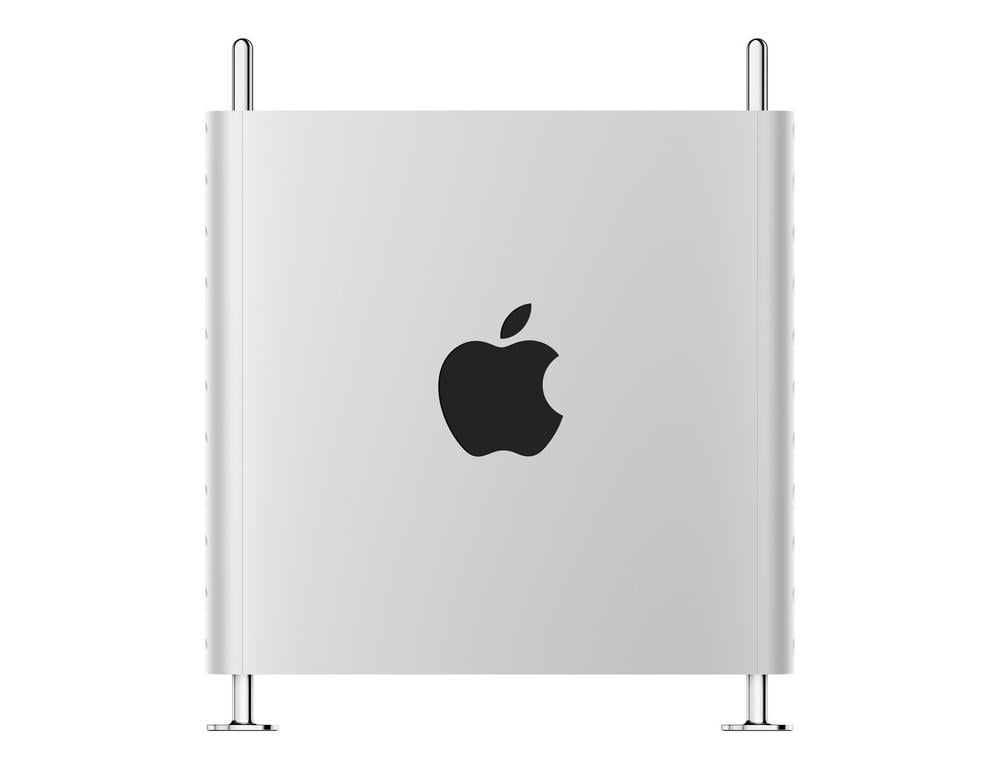
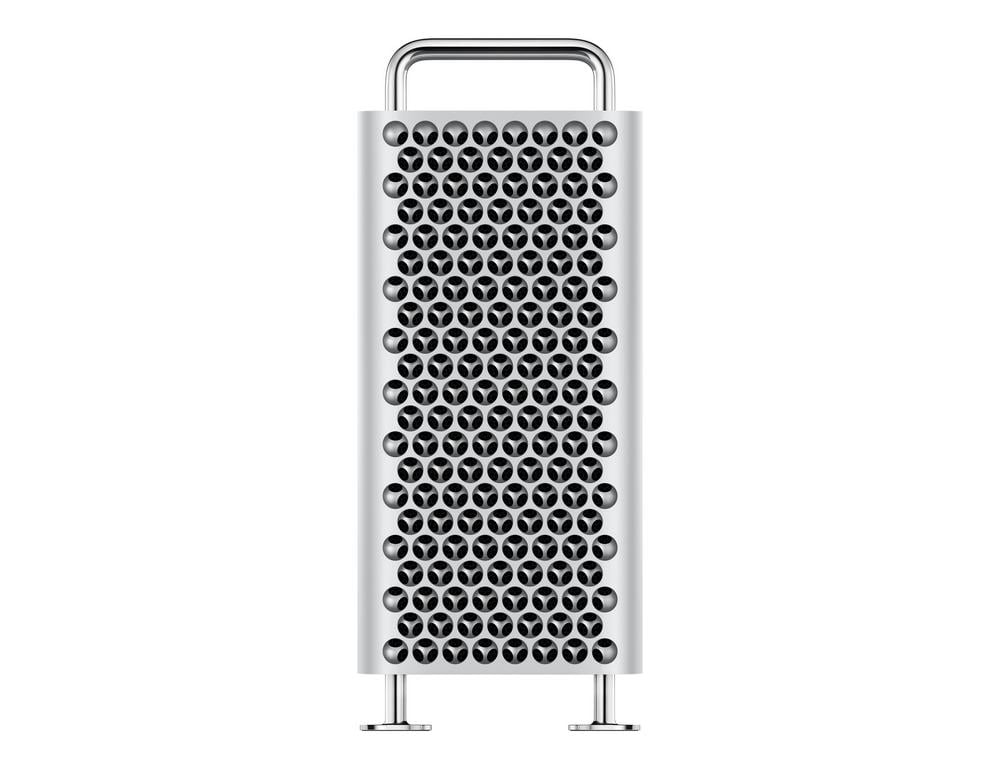
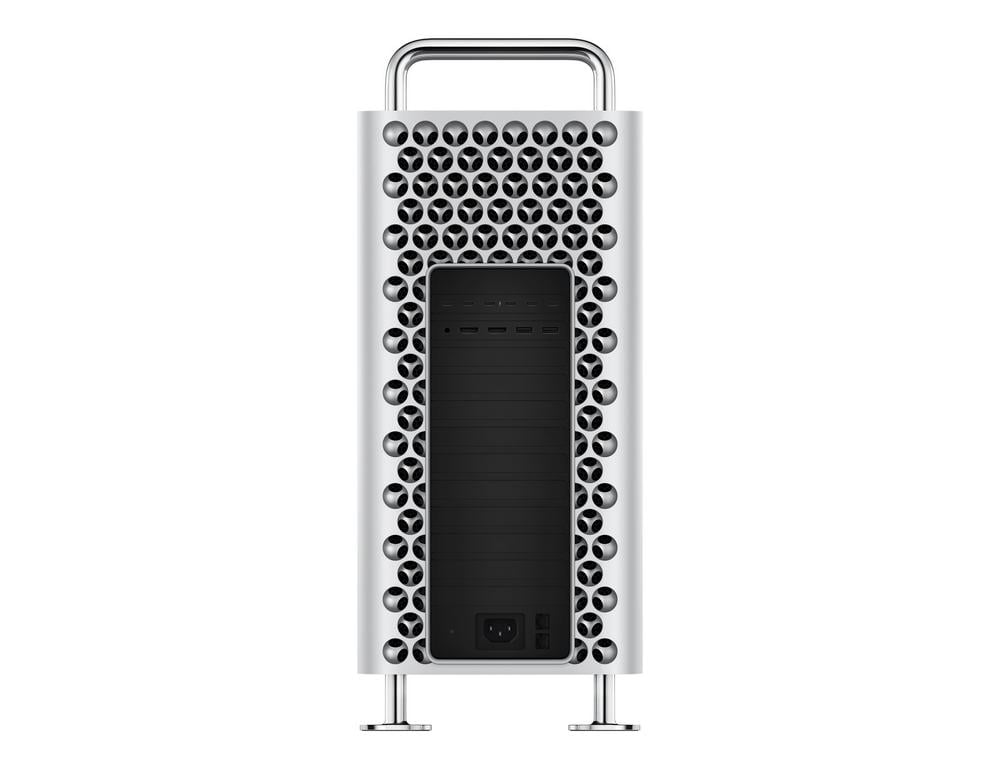
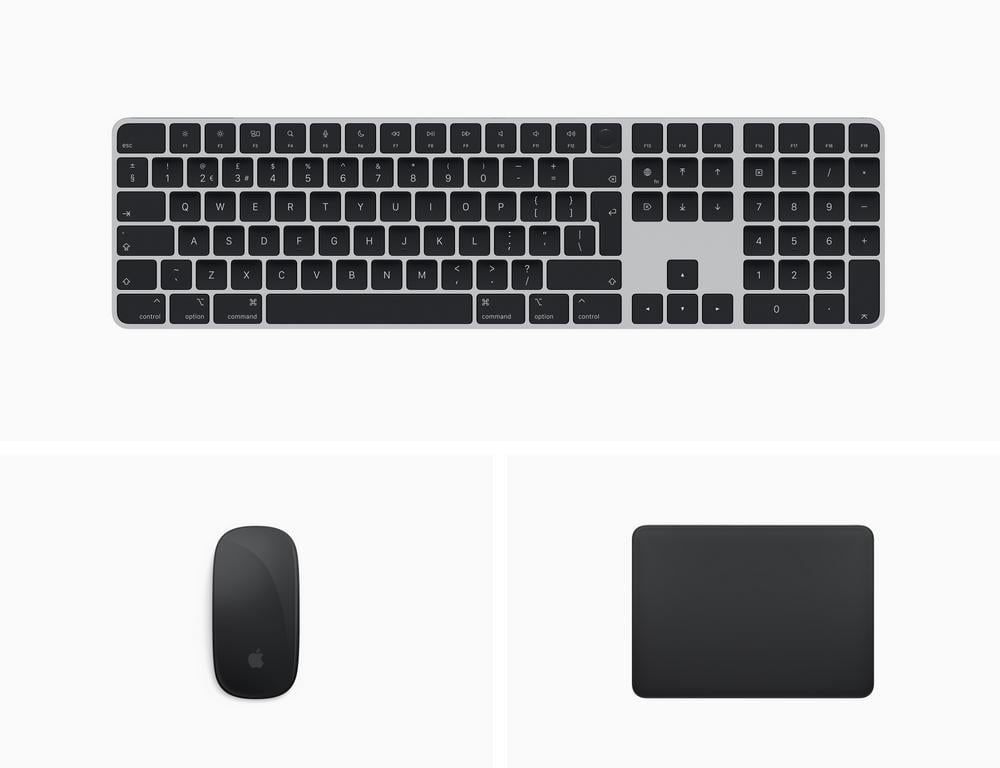
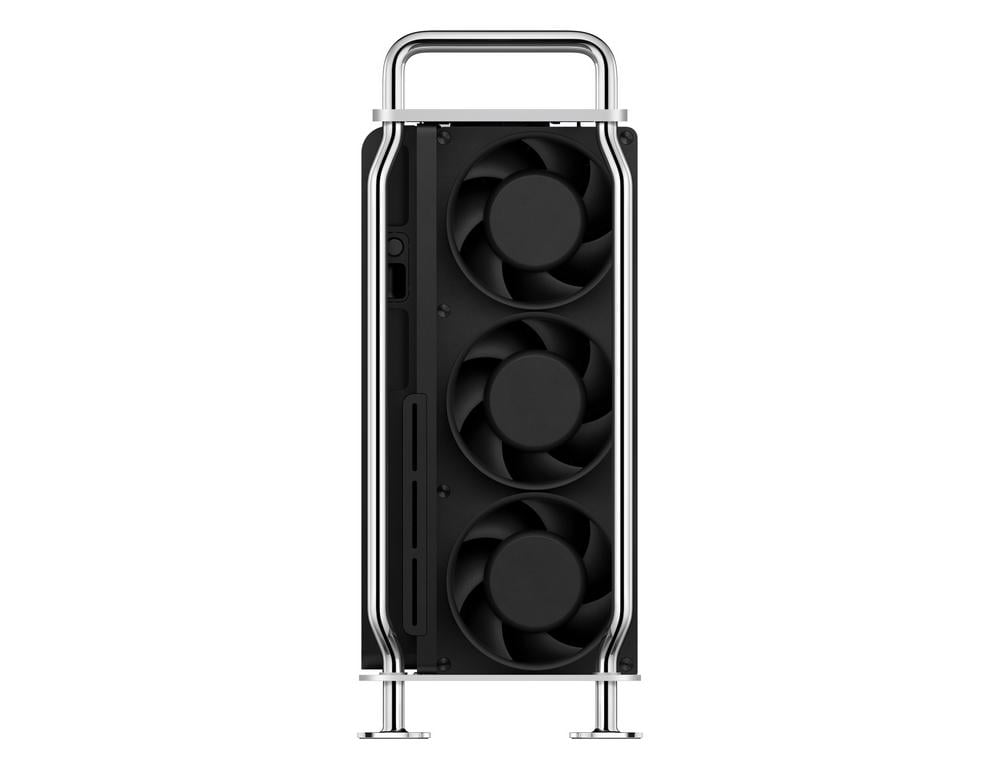
This I/O and spec combo allows the Mac Pro to drive up to 22 8K ProRes video streams and eight displays (or six Pro Display XDR) at the same time. Clearly a workspace beast, Apple’s latest design is rudely powerful and well connected.
Apple has proven its commitment to an in-house design by providing continuous performance uplifts for each generation, and we can’t wait to see what an M3 chip would bring to the table.

